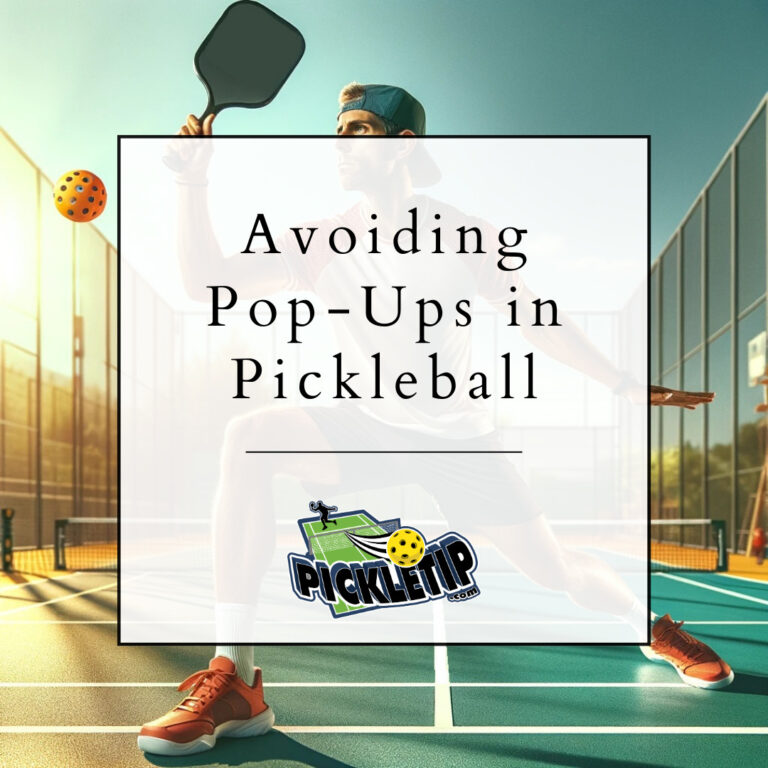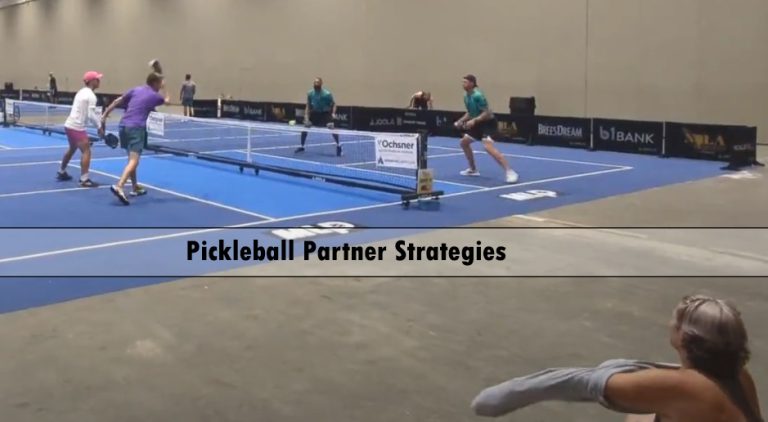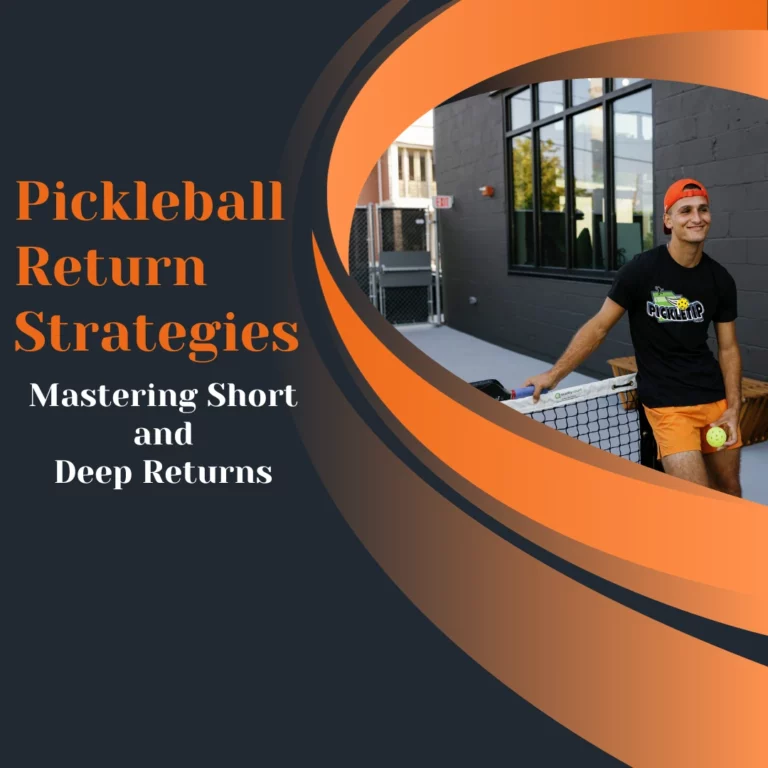Pickleball Forehand in the Middle: A Deep Dive
Understanding the “Forehand in the Middle” Strategy in Pickleball
The Myth of “Forehand in the Middle”
While the term “dangerous” might be an exaggeration, there are numerous well-intentioned pieces of advice given by players that can hinder one’s game. One such piece of advice that’s often misinterpreted is the “Forehand in the middle”.
What is an Aphorism?
Aphorism -/ˈafəˌrizəm/ is a concise observation that encapsulates a universal truth. For instance, “if it ain’t broke, don’t fix it.”.
Dissecting the Advice
It’s common to hear players say “Forehand in the middle” when a ball is missed or there’s a misunderstanding between partners. However, this isn’t always the right strategy. Let’s delve into various scenarios to understand when it’s apt to use this approach.
Scenario Analysis
From perfectly centered balls to the third-shot dilemma, understanding when to use the forehand in the middle is crucial. Sometimes, the backhand might be the stronger shot, or the player’s position might dictate the best approach.
The Third-Shot Dilemma
One of the most common misconceptions is the use of forehand in the middle during the third shot. This often leads to poor court coverage and ineffective team play. However, there are exceptions, like when the return of serve is short on the right side.
Pros and Cons of “Forehand in the Middle”
Pros:
- Simplicity: For beginners, having a straightforward rule like “forehand in the middle” can simplify decision-making during fast-paced games.
- Power: The forehand shot generally offers more power, which can be advantageous when the ball is perfectly centered.
- Coverage: In some scenarios, the player with the forehand in the middle can cover more ground, especially if they have a strong forehand shot.
Cons:
- Limitation: Relying solely on this rule can limit a player’s adaptability to different game scenarios.
- Misplacement: Blindly following this rule can lead to players being out of position, leaving parts of the court exposed.
- Over-reliance: Players might neglect developing their backhand skills if they always prioritize their forehand.
Forehand in the Middle Drills and Exercises
To effectively implement the forehand in the middle strategy, players can practice specific drills that focus on forehand shots from the middle of the court. These drills help in developing muscle memory, accuracy, and control. Here are some recommended drills:
- Forehand Volley Drill: Stand at the kitchen line and practice forehand volleys with a partner or against a wall, focusing on quick reflexes and control.
- Crosscourt Forehand Drill: Stand at the baseline and hit forehand shots crosscourt, aiming for consistency and precision.
- Dink Drill: Practice dinking with a partner, alternating between forehand and backhand shots to improve your touch and placement.
Comparative Analysis
While the forehand in the middle strategy can be effective, it’s important to compare it with other common strategies in pickleball. One key strategy is effective communication between partners. Calling the shot, whether it’s the forehand or backhand, ensures that both players are on the same page and can cover the court efficiently.
For example, when playing with a partner who has a strong backhand, it might be more effective to let them take the middle shots. This approach fosters better teamwork and maximizes each player’s strengths.
Common Misconceptions
There are several misconceptions about the forehand in the middle strategy that need to be addressed:
- Misconception: The forehand is always the best shot in the middle.
Reality: The best shot depends on the player’s position, strengths, and the situation. Sometimes, the backhand might be the better choice. - Misconception: Following this rule blindly improves court coverage.
Reality: Blindly following this rule can lead to poor court coverage and missed opportunities. Adaptability is key.
Advanced Techniques
For experienced players, combining the forehand in the middle strategy with advanced techniques like dinks and third-shot drops can enhance gameplay. This approach requires precision, timing, and a thorough understanding of court positioning.
Additionally, players can work on their footwork and anticipation to quickly move into position and execute the best shot, whether it’s a forehand or backhand.
Frequently Asked Questions
- What is a forehand in pickleball?
A forehand in pickleball refers to hitting the ball on the same side as the hand holding the paddle. For a right-handed player, it’s the right side, and for a left-handed player, it’s the left side. - How to hit a hard forehand in pickleball?
To hit a powerful forehand in pickleball, ensure a firm grip on the paddle, rotate your hips and shoulders, and strike the ball with a forward motion, using the core’s strength. - What is the difference between a forehand and backhand hit in pickleball?
A forehand hit is when the ball is struck on the same side as the hand holding the paddle. In contrast, a backhand hit is when the ball is struck on the opposite side. - How can one improve their backhand in pickleball?
Improving the backhand requires practice, proper footwork, a continental grip, and ensuring that the paddle face is open upon contact with the ball. - Why do some players say “pickleball forehand takes the middle”?
This phrase emphasizes the strategy of using the forehand shot when the ball is in the middle of the court. However, as discussed in the article, this isn’t always the best approach.
Forehand in the Middle
While “Forehand in the middle” is a popular aphorism in pickleball, it’s essential to understand its nuances and when to apply it. By analyzing different scenarios and adopting a flexible approach, players can enhance their game and avoid common pitfalls.







